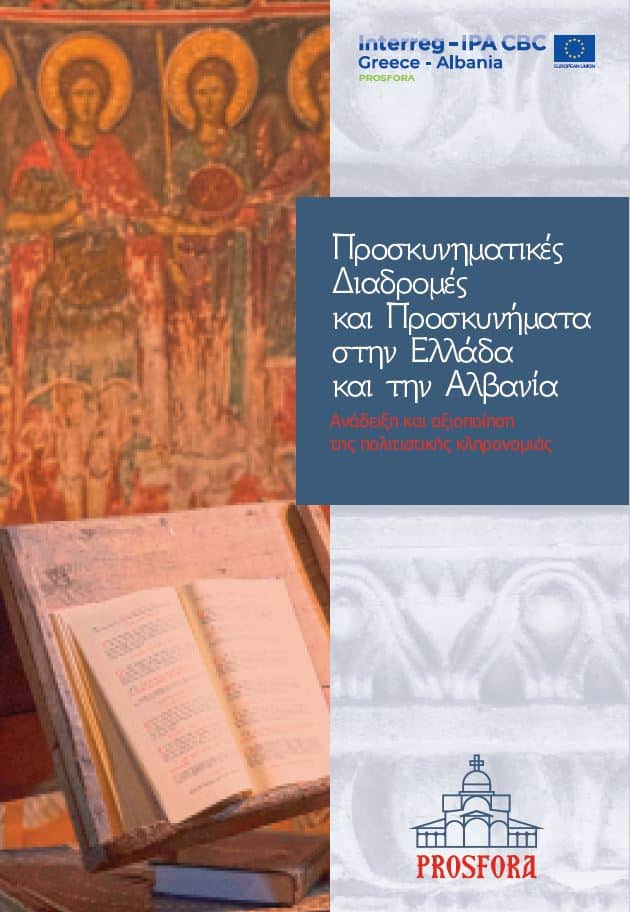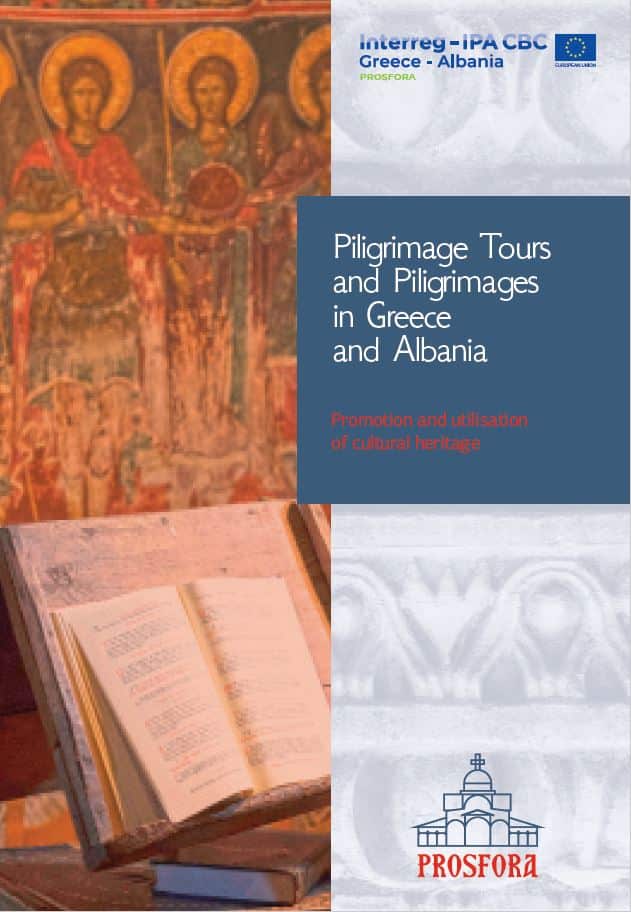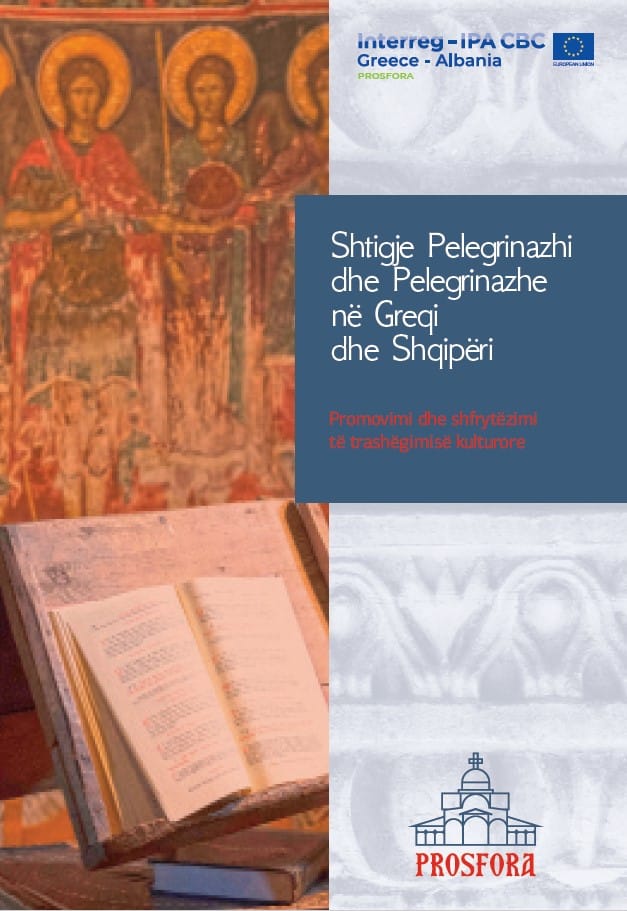HISTORY
Eleni Michou, Archaeologist
The Church of the Transfiguration of the Savior is located northwest in a short distance from the settlement of Klimatia and is surrounded by a low surrounding wall. The austerity of the monument on the outside is directly opposed to the painted decoration on the inside. This makes it one of the most remarkable post-Byzantine painting ensembles of Epirus. The founding inscription states that the church was built from scratch and was painted in 1568; however, from census data of the settlement, it is known that it already existed in 1564. The year 1568 refers to its fresco by the Theban painter Frango Kontari and possibly to the renovation of the building, while the abbot Metrophanes had the initiative to erect it.
The church is small, single-naved, barrel-vaulted, with a semi-hexagonal arch and a later unadorned narthex to the west, but it is unknown when it was added. Today, the entrance to the temple is from the west side of the narthex, but also from the west wall of the nave. To the northwest of the church is located the newest bell tower, while to the southwest there are ruins of buildings, under which stands a large underground vaulted area of unknown use, but according to tradition, it was used as a Secret School (krifo scholio).
The temple is painted in the nave and the Sanctuary with well-preserved frescoes, where themes from the Eucharistic, Christological and Mother of God (Theometorical) cycle are illuminated. The Ascension and the Divine Liturgy stand out in the Sanctuary, while in the nave, in the center of the arch, the Pantocrator, around which the iconographic program is organized. On the west wall stands out the multi-faceted representation of the Crucifixion and on the north wall the extremely rare and interesting theme of “Άρατε Πύλας” (Open the Gates), popular in the laboratory of the Kontarides. The iconographic program and the method used in the themes of the temple reveal affinity and multifaceted relations with those of the churches of Saint Demetrius Klimatias and the Monastery of Eleousa on the Island, following the general principles of the art movement of the School of NW Greece as far as the organization is concerned, by reference to the Monastery of Saint Nicholas FIlanthropinon. There are also influences on individual iconographic details from Western painting, modern and earlier painting of Italy, Central Europe and the early Renaissance.
The frescoes are characterized by a strong narrative mood, a documentary presentation of the events, full of drama and intensity in the scenes and presentation of human figures, usually with harmonious proportions.
Today’s wooden iconostasis and the icons that adorn it come from modern era. The original iconostasis is not preserved, but the three despotic icons of Christ Pantocrator, Virgin Hodegetria and of the Transfiguration of the Savior are preserved in good condition, the style of which shows that the first two were painted by the same painter, while the third was painted by another artist. The deacons’ doors with the representation of the Annunciation are also preserved, as well as the belt of the apostles, which consists of the central image of Deesis and the two single sections with the full-length figures of the Apostles, works which should all be attributed to the painters of a local laboratory in the second half of the 16th century.













